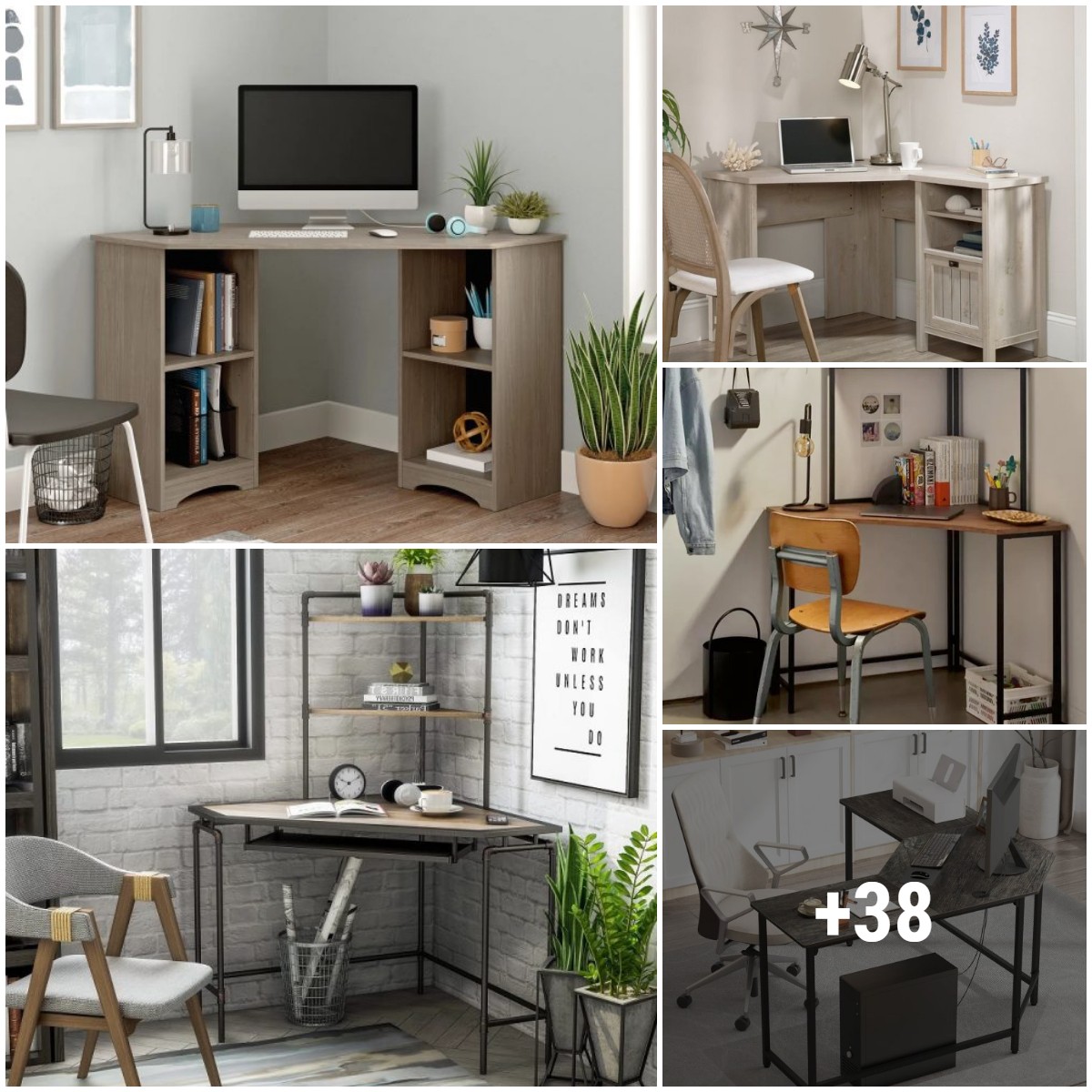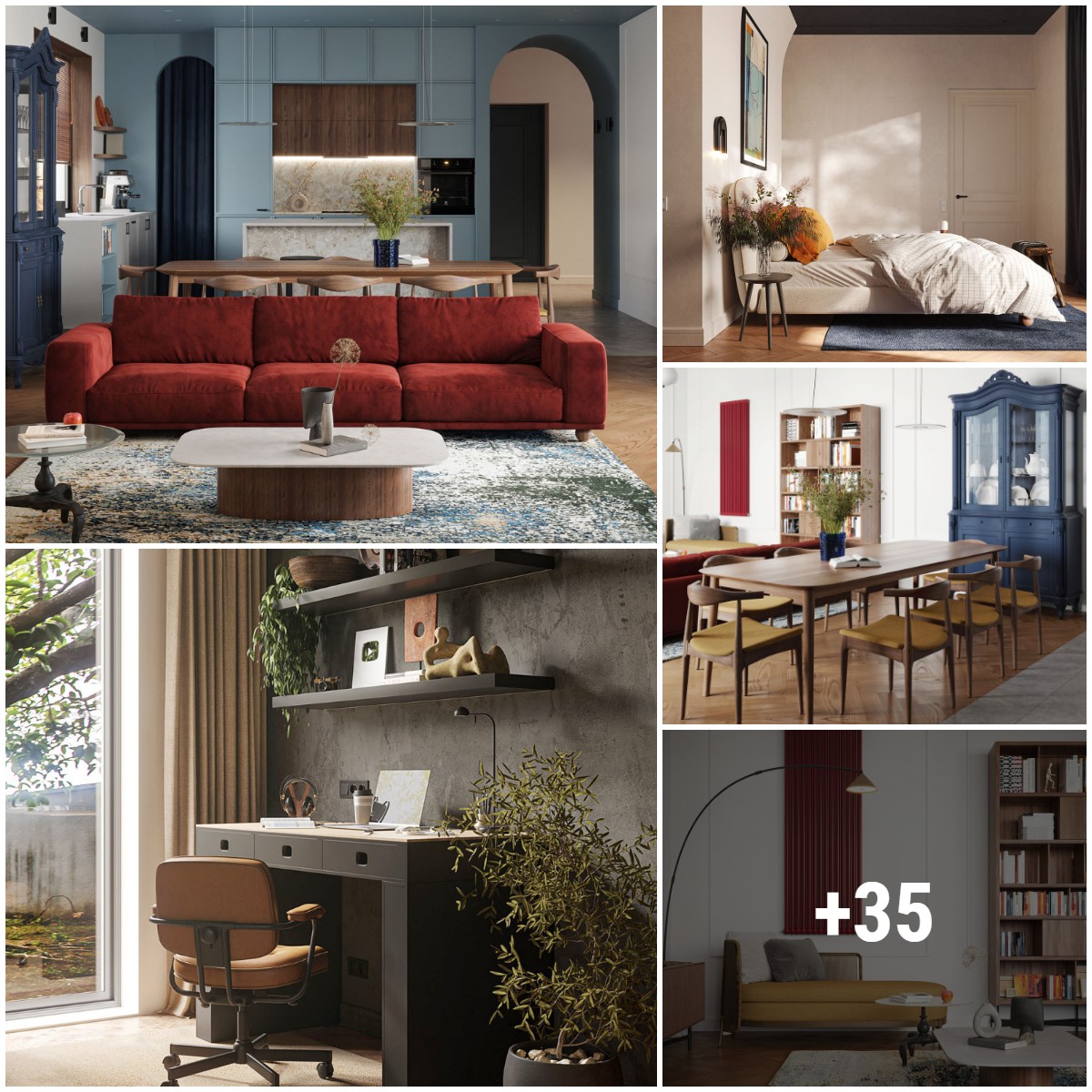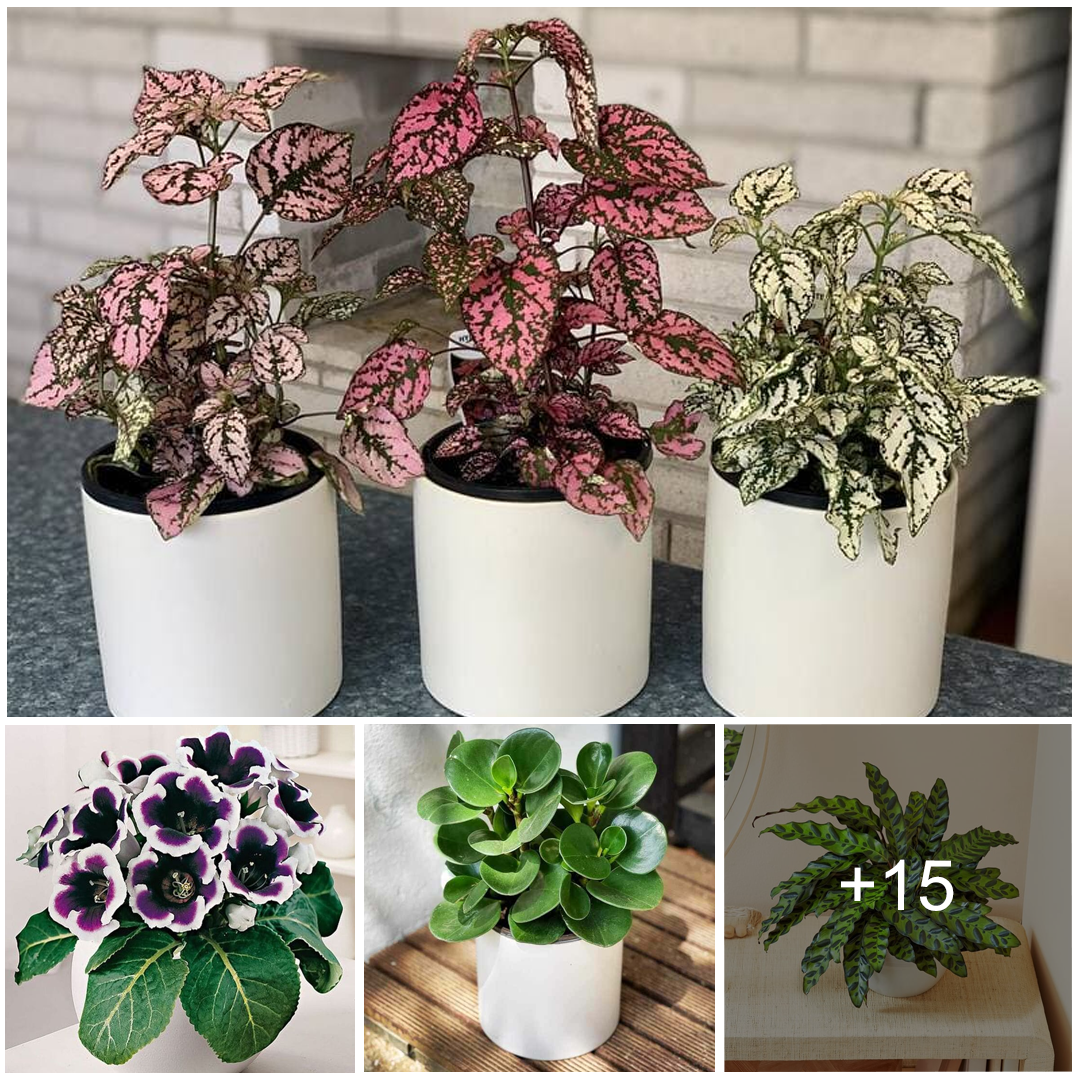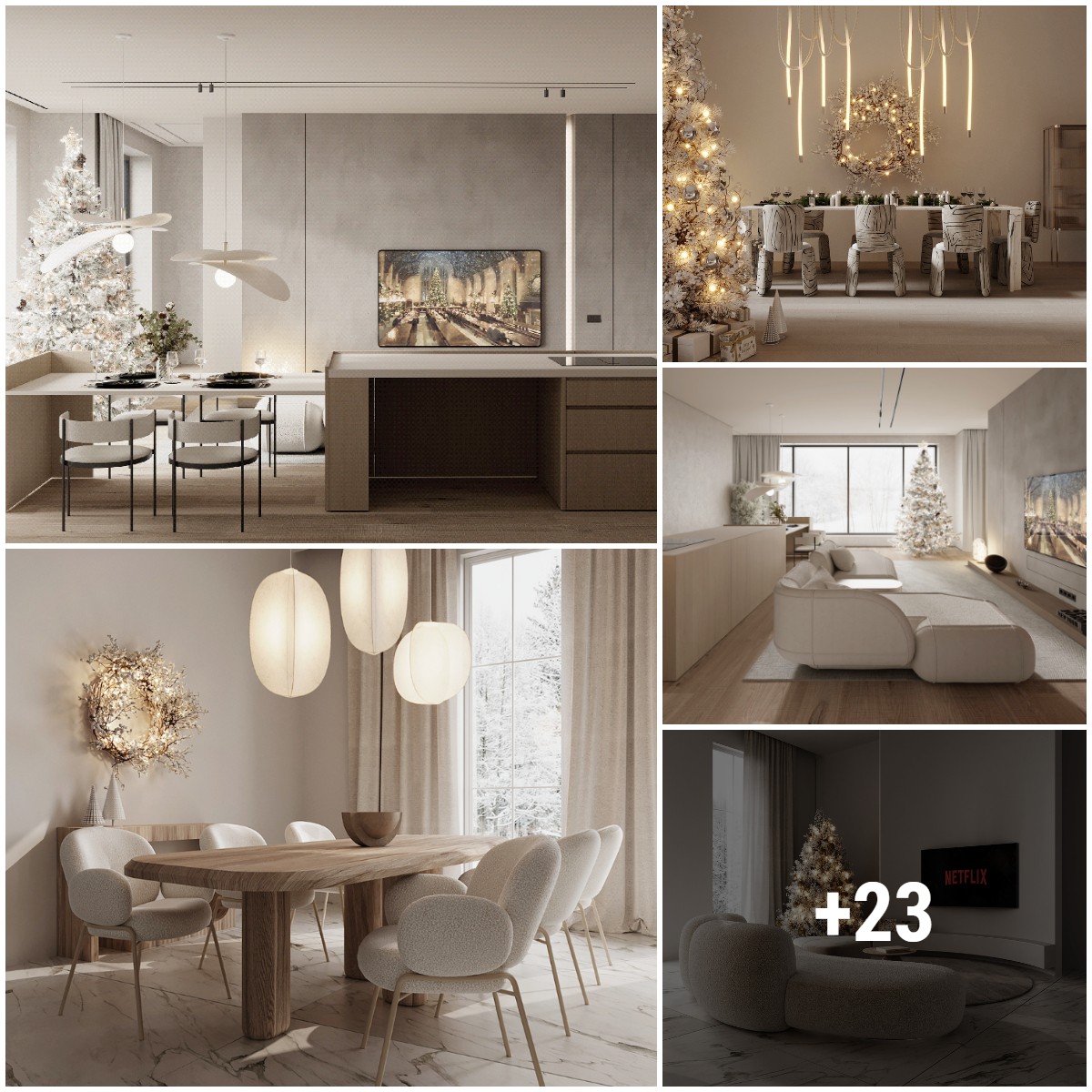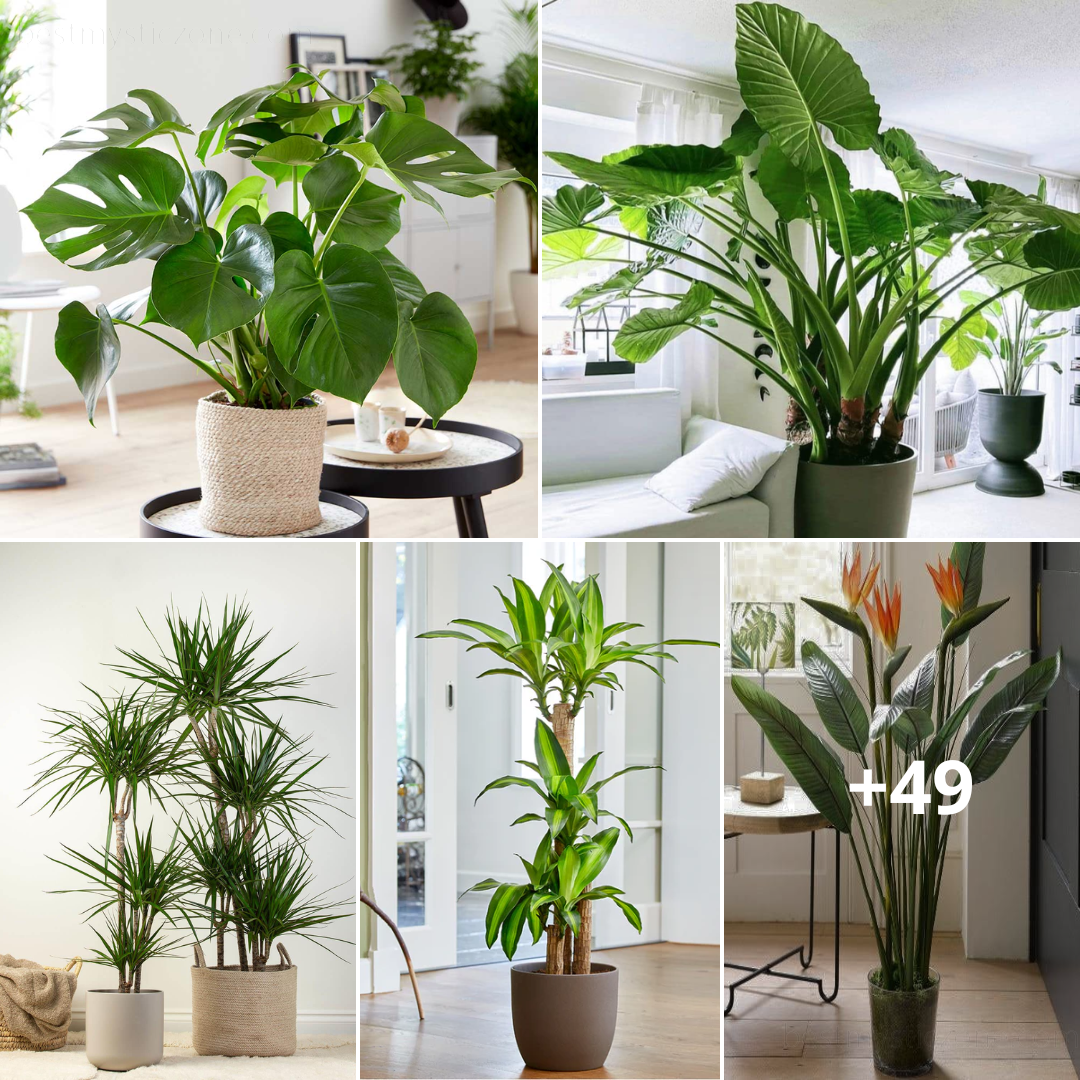Go ahead, turn your bathroom into a lush, plant-filled oasis.
Adding a live plant is one of the easiest ways to make your bathroom feel more spa-like, but if you don’t get one that’s suited to a high-humidity environment, it won’t survive there for long. The number one rule to follow before bringing home a new plant baby is to consider its new environment.
For the best high-humidity plants, we reached out to the pros at Greenery NYC and The Sill, both NYC-based retail houseplant purveyors, to get their favorite picks for the bathroom. From hanging plants that happily live with shower mist, to plants that tolerate low light, these are the varieties most likely to flourish.
Bird’s Nest Fern
:max_bytes(150000):strip_icc():format(webp)/best-plants-for-bathroom-birds-nest-fern-35115cd44e3b4d55814e6502c459b2cb.jpg)
Our plant pros agree: A bird’s nest fern is one of the best plants for the bathroom. “Native to Southeast Asia and Polynesia, the bird’s nest fern loves the extra moisture a bathroom can provide,” says plant expert Erin from The Sill. “It rewards high humidity with big growth over time and less browning on the leaf edges,” explains Rebecca Bullene, founder of Greenery NYC.
Bonus: While most ferns prefer bright light, the bird’s nest fern can tolerate low-light spaces, making it ideal for a bathroom that’s not flooded with sunlight.
Staghorn Fern
:max_bytes(150000):strip_icc():format(webp)/best-plants-for-bathroom-staghorn-fern-ba5e4806ba464b229635dc56df6d044b.jpg)
THE SILL
“Another favorite fern of ours, the staghorn fern—like the bird’s nest fern—loves the extra humidity a bathroom provides,” says Erin from The Sill. It prefers a bit more light than the bird’s nest fern, so save this variety for a sunnier powder room.
Staghorn ferns are epiphytes—meaning that in nature, they live on trees rather than in soil—so you can mount this fern on wood and hang it on a bathroom wall or set it in a pot on the windowsill.
Boston Fern
The third of our fern trilogy, also called the sword fern, was popularized in the Victorian era and is today the hanging plant of choice on most front porches in the South. It loves humidity, and would probably enjoy hanging in your shower or sitting atop a plant stand next to your bathtub.
This classic houseplant is easy to care for, as it doesn’t require a lot of sunlight. Its pet peeve is temperature extremes, so avoid placing it near indoor drafts from air conditioners or heating vents.
Alocasia
:max_bytes(150000):strip_icc():format(webp)/best-plants-for-bathroom-alocasia-35ef7a014b7c4168a51435909a4fd635.jpg)
Alocasia love a bright and humid home, so they’ll thrive in a bathroom with a big sunny window. Just be careful not to set this leafy plant too close to the windowsill because its leaves are prone to sunburn.
Pothos
:max_bytes(150000):strip_icc():format(webp)/best-plants-for-bathroom-pothos-26ca6d1fb7324b28b09d86c5a90efeb1.jpg)
The experts agree: Pothos is a hardy, easy-to-care-for plant that can survive in most spaces. Erin from The Sill says that’s why it’s sometimes called the “cubicle plant.”
Although it doesn’t need the high humidity of a bathroom, it’ll tolerate it. Plus, it can survive lower light levels and irregular watering. This fast-growing plant flourishes into a hanging vine, so set one on a high shelf or suspend it from the shower curtain rod to give your bathroom jungle vibes.
Air Plants
:max_bytes(150000):strip_icc():format(webp)/best-plants-for-bathroom-air-plants-2000-af6c0d7af22f4ef49c0b654df756f854.jpg)
Air plants thrive in a humid climate, so a steamy bathroom is an ideal spot for them. They do best in bright, indirect light, so the pros at The Sill say, “If you have a bathroom with a big sunny window, these are for you.”
Aloe
:max_bytes(150000):strip_icc():format(webp)/best-plants-for-bathroom-aloe-597a281376d24bc99a03a17eff1a1878.jpg)
Aloe doesn’t really need added moisture, but it’s still an asset in the bathroom for its natural beauty and health benefits. “The gooey insides of the aloe plant’s leaves can be used to help soothe skin, heal minor burns, reduce itch, and more,” explains experts from The Sill.
To use aloe for medicinal purposes, slice off a mature leaf at the base of the plant, and then squeeze out the interior gel and apply it to the skin. Set the plant near a window, as it appreciates bright, direct light.
Calathea
:max_bytes(150000):strip_icc():format(webp)/best-plants-for-bathroom-calathea-a9b624151f254c9d9742e084f6f50320.jpg)
Calatheas are well-suited for most bathrooms. They respond well to humidity and can tolerate indirect light. “If you want to bring a splash of color and elegance to the bathroom, Calatheas are the way to go,” says Bullene.
If your bathroom doesn’t get a ton of natural light, our friends at The Sill recommend opting for a variety called the Calathea Freddie.
Croton Petra
Known for its vibrant foliage, Croton Petra is native to Southeast Asia and Southern India, so it’s used to thriving in a hot, humid climate. It has a reputation as a bit of a Goldilocks among houseplants because it likes it not too bright, not too cool, not too dry, and not too much water.
A Croton Petra needs four to six hours of bright, indirect sunlight, or else its colors become dull. If you give yours plenty of space and repot it every couple of years, it can grow up to six feet tall.
Snake Plant
Whatever one would call the opposite of a Goldilocks plant, that term describes Sansevierias, AKA the snake plant. Give it high or low humidity and lots or a little light, it just doesn’t care. Its most common complaint is when it gets too much attention in the form of overwatering. Once every two to three weeks will do.
The snake plant’s growth pattern is what makes it appealing for the bathroom. In feng shui terms, its strong, upright shape brings positive energy to a room. Also, snake plants don’t demand much lateral space so they’re more likely to fit in a crowded bathroom than plants that need more elbow room.
English Ivy
A pot of English ivy can’t help but give any room a cottagey feel. It likes medium-to-high humidity and bright indirect light. A location in the bathroom where it can hang right in front of a window would make one quite happy, and help you achieve a little privacy. It’s also suited to anywhere it can trail down from a high shelf, but not so high that its pot would be difficult to water.
African Violet
This dainty little bloomer is perfect for adding a little life and color to a cramped bathroom, although it has a reputation as a bit persnickety. It prefers constantly moist soil and humidity, so a location where it’s tended to on a regular basis will suit it quite well. Just make sure that water doesn’t touch its leaves, or they’ll turn brown.
African violets do well in bright but not direct sunlight. For a windowless bathroom, consider installing a fluorescent light 12 to 15 inches above the leaves, setting it up with a timer, and then experimenting. If the leaves turn light green, there’s too much light. Thin and dark green leaves or a leggy plant means there’s too little.
Peace Lily
Because the peace lily generally blooms in spring, it’s a common go-to gift at Easter (not to be confused with the Easter lily). Its association with sympathy, healing, hope, and purity also makes it a popular plant to give to those who’ve lost a loved one.
This elegant plant thrives in high humidity and a warm environment, needs only one watering per week, and tolerates low light; so a bathroom in need of serenity is a perfect place for a peace lily. One caveat: It’s toxic to pets and people, something to keep in mind when deciding its suitability for your home.
Bamboo
Ever notice how many spas are decorated with bamboo plants? It’s no wonder: They come in all sizes, break up a stark, all-white space, and naturally induce a calming effect on your mind and body.
To create a spa-like environment in your bathroom, a bamboo plant is a good bet. They’re low maintenance, love humidity, and tolerate low light: everything we want in a bathroom plant!
Orchid
Orchids have a reputation for being finicky to care for, but if your bathroom is warm and humid (aren’t they all?) and has a spot with bright, indirect light (like a south- or east-facing window), you’re more than halfway to providing a perfect spot for one. Avoid any location your orchid might experience cold drafts, exposure to direct sunlight, or dry air from heating vents.
Where many orchid parents go wrong is providing improper soil and watering. These colorful, exotic divas require a specific, slightly acidic, orchid-growing medium that you can purchase or mix up yourself. Typically a twice-a-week watering schedule works during their growing season (summer), paired down to once a week in winter.
